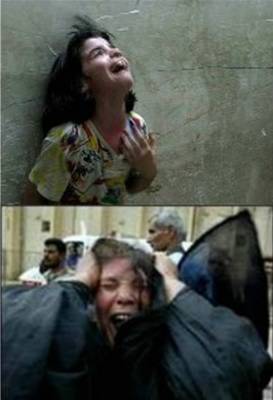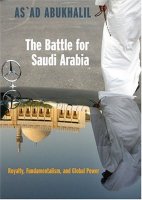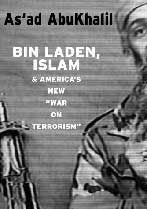Tuesday, March 30, 2010
Angry Arab on Iran developments: the Revolution Ages
Saja kindly translated an article I had written on Iran for Al-Akhbar.
"The Revolution is Aging: Iran Faces Itself
As’ad Abu Khalil
It has been amusing to follow events in Iran, both on Arab and western media outlets. Saudi media has been fit for listing under comedy classification: you see the anchor (who is usually Lebanese – what’s the story behind Lebanese loyalty to the House of Saud’s oil? Is it a matter of principle or is it the one-day Arabhood that Antioch’s patriarch described?) screaming in face of the Iranian guest or his delegate: and why doesn’t Iran repeat the elections under free and fair regulations? The House of Saud insists on free and fair elections, but only in Iran.








